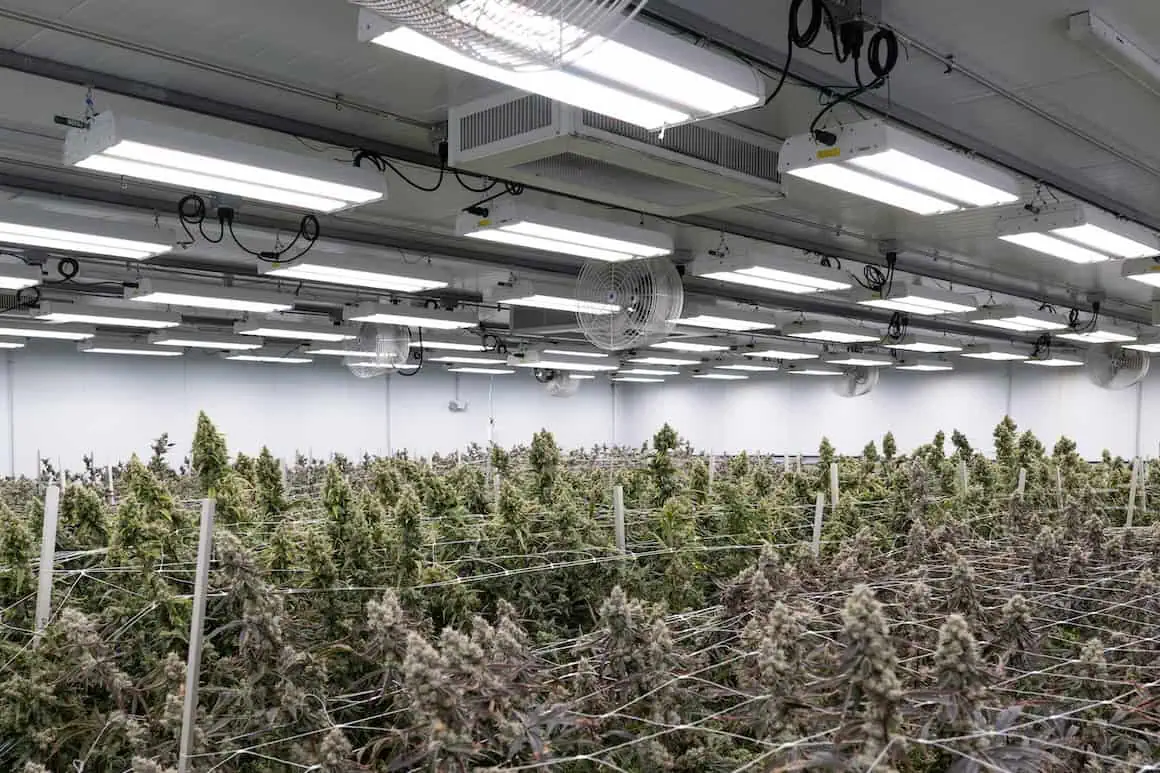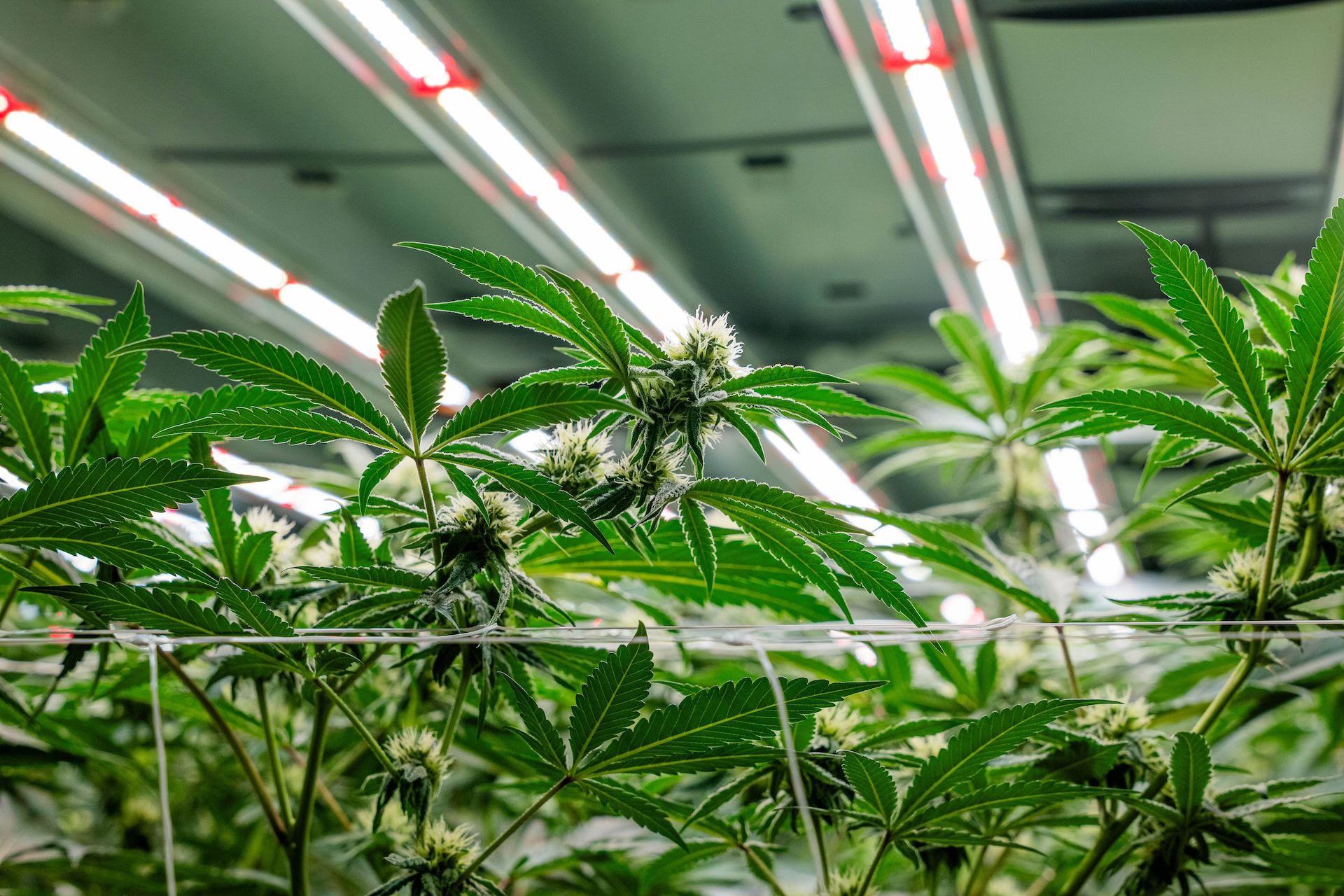Lighting and HVACD Part 1 with InSpire
- Posted on
- by Fluence Bioengineering
Table of Contents
Robbie Batts, Chief Tech Officer, Inspire Transpiration SolutionsThe relationship between lighting and HVACD is complex and can have a significant impact on the financial performance of a farm. Smart, up-front decisions can save later frustrations and revenue losses. This topic was discussed in a webinar co-presented by Fluence and InSpire, a San Francisco-based company that delivers cannabis climate control for commercial grow rooms and indoor cultivators.
Casey Rivero, cultivation optimizer at Fluence, kicked off the webinar with her presentation “Key Lighting and HVACD Decisions in New Build Planning.” She included a handy checklist for facility planning:
- Define business goals
- Secure cultivation license
- Identify limitations
- Establish standard operating procedures
- Hire your team
- Educate yourself and your team on key technology terms
- Select your manufacturers
- Execute your plan
- PPF — All the light particles a light source is emitting
- PPFD — Number of light particles arriving on a specific area
- Efficacy — Conversion of electrical energy into photons of PAR
- Wattage — Measure of electrical power
- LPD — Lighting power density
- $ per PPF
- $ per PPFD
- $ per full room PPF when comparing
- Grams per square foot
- Grams per square foot per year — cycles per year
- Cost per fixture
Plant Vitality and HVACD
Rob Batts, CTO at InSpire, talked about the key parameters of plant vitality that are controlled by HVACD. These paramaters, as he explains, are tied not only to lighting but also to the bottom line. Among these parameters, CO2 and room temperature are the easiest to control, said Batts. Airflow, however, is a bit more difficult to control (as are humidity and leaf temperature). The interplay of leaf temperature, room temperature, and humidity is the core of VPD — vapor pressure deficit, which is a measurement of the difference of saturation vapor pressure inside the cells of a plant’s leaves and the vapor pressure of the room’s air at a given temperature and humidity level. VPD is the driving force behind transpiration; essentially, you control water movement through a plant by controlling the VPD. This, in turn, impacts many of the plant’s fundamental processes. Maintaining constant VPD is crucial, says Batts, and is most easily handled via tools that automate the process. Cultivators should keep in mind that lighting type has a significant impact on VPD. The fiscal returns on growing potent and desirable cannabis will outstrip the efficiency savings of your dehumidification system. In other words, while you’ll see increased efficiency, you’ll,also see an increase in production, which is even more important. With carefully managed HVACD, you should experience some OPEX gains, but more critically you should realize huge production gains. “We developed a VPD control algorithm because we know that’s how you make plants thrive,” Rob said. “We modulate every single component inside our devices so we can deliver consistent temperature and relative humidity to happy and thriving plants.” He went on to detail how to turn a flower room into a “star performer.”Steps for Choosing Lighting
Casey took the mic next and provided a checklist for choosing the right lighting manufacturer:- Choose your genetics
- Know your facility
- Select your lighting type
- Correctly size your HVCAD
- Understand your lead time
- Purchase and install


